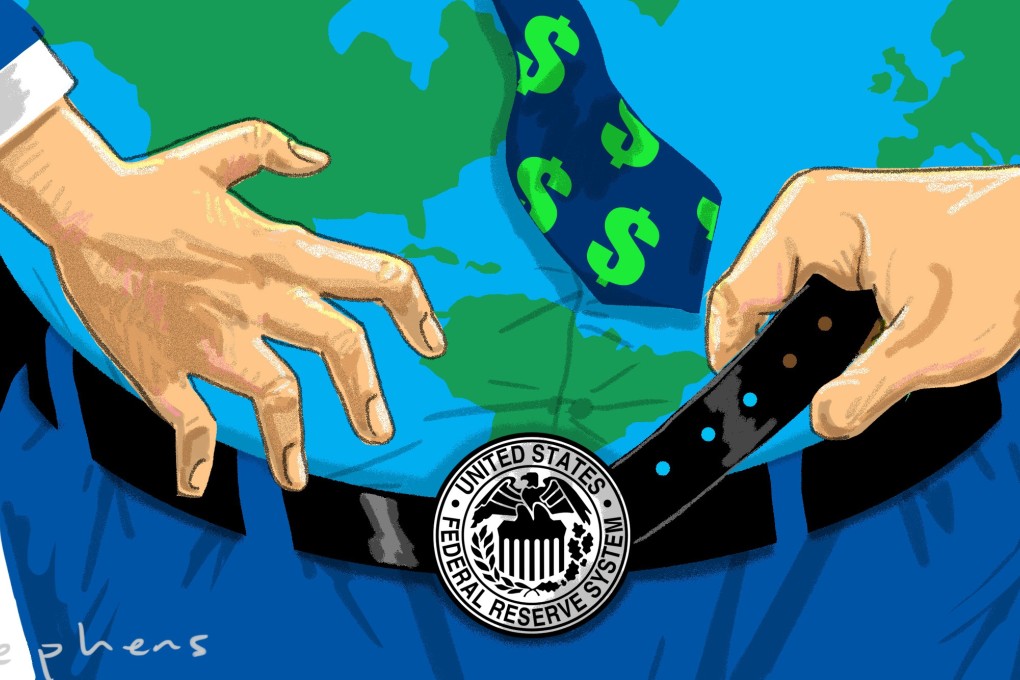As Janet Yellen’s Federal Reserve prepares to tighten its belt, the world is poised to feel the squeeze
Dan Steinbock says the American central bank will find it far from easy to increase rates or reduce its balance sheet in the way it initially hoped, but caution is key given the uncertainties involved

In other major advanced economies, the monetary stance has remained broadly unchanged. The European Central Bank held its benchmark rate at zero per cent in April. Even if the ECB begins rate hikes in 2018, they are likely to be low and slow. The rate could climb to 1 per cent by 2020.
In Japan, Abenomics has failed, despite a slight uptick in short-term growth prospects. As introduced by the Bank of Japan, negative rates and huge asset purchases will continue. The rate may remain negative (-0.1 per cent) until 2020, by then Japan’s sovereign debt will exceed 260 per cent of its GDP.
Yet, rate normalisation is only part of the story. After the Fed began its historical experiment with quantitative easing, its then-chair Ben Bernanke accumulated a portfolio of some US$4.5 trillion. Now the question is how his successor Janet Yellen plans to reduce it. Adding to the uncertainty, she is likely to be replaced at the end of her term in 2018 with a Republican with views on the US economy and markets akin to the Trump administration’s.
There was little understanding about the likely impact of balance sheet expansion on monetary conditions ... understanding of the impact of balance sheet contraction remains equally deficient
Since 2008, I have argued that, despite its hawkish rhetoric, the Fed will not be able to increase rates or reduce its balance sheet as early, as often and as much as it sought. It seems those forecasts were correct. The Fed’s objective seems to be to take rates up to only 3 per cent.
